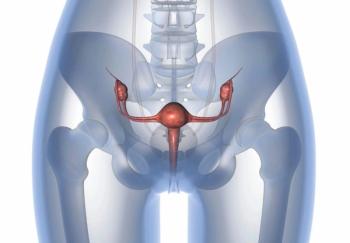
Ovarian Cancer Relative Survival Improving
Survival for women with ovarian cancer has improved since 1975, according to the results of a recent study.
Survival for women with ovarian cancer of any stage has improved since 1975, according to the results of a study published recently in Obstetrics & Gynecology.
“Although prior work has suggested that survival may be increasing for ovarian cancer, data describing the magnitude of the stage-specific changes in survival are limited,” wrote Jason D. Wright, MD, of Columbia University Colleges of Physicians and Surgeons, and colleagues. “Our findings are notable in that accounting for longer life expectancy as a result of improvements in medical care, relative survival for ovarian cancer has increased by nearly 50% for all stages of the disease.”
Wright and colleagues examined data from women diagnosed with ovarian cancer from 1975 to 2011 in the National Cancer Institute’s SEER database. They calculated relative survival, an estimate of the ratio of observed survival of patients with cancer to the expected survival of a comparator group.
The researchers identified 49,932 women with ovarian cancer: 23.7% had stage I disease, 6.9% had stage II disease, and 69.4% had stage III or IV disease.
The researchers found that those women with stage I disease were about 50% less likely to die in 2006 than they were in 1975 (adjusted excess hazard ratio for death = 0.51; 95% CI, 0.41–0.63).
“The reduction in excess hazard of death for patients treated in 2006 remained statistically significant when compared with patients diagnosed in 1980 and 1985; however, there was not a statistically significant reduction in excess mortality for women in 2006 compared with women diagnosed from 1990 onward,” the researchers noted.
These improvements in survival were noted for women with any-stage ovarian cancer. Women with stage III to stage IV tumors had a lower mortality ranging from about 50% lower in 2006 compared with 1975 (HR = 0.49, 0.44–0.55) to 7% lower in 2006 compared with 2000 (HR = 0.93; 95% CI, 0.87–0.99).
Looking at improvements in survival over time, data showed that for stage I tumors, the improvement in survival was most significant between 1980 and 1990 (P < .001), and for stage III to IV tumors it was most significant between 1980 and 1990 and again between 1990 and 2000 (P < .001).
Data also showed that black women with stage II (HR = 1.29) and stage III/IV disease (HR = 1.27) had excess risk for mortality compared with white women.
“Although the improved survival for ovarian cancer is promising, the survival gains have been predominately realized through prolonging the life expectancy of women with recurrent ovarian cancer, not through an increased cure rate,” the researchers wrote. “Further advances are clearly needed and will require further research and improved therapeutic options.”
Newsletter
Stay up to date on recent advances in the multidisciplinary approach to cancer.



















































































